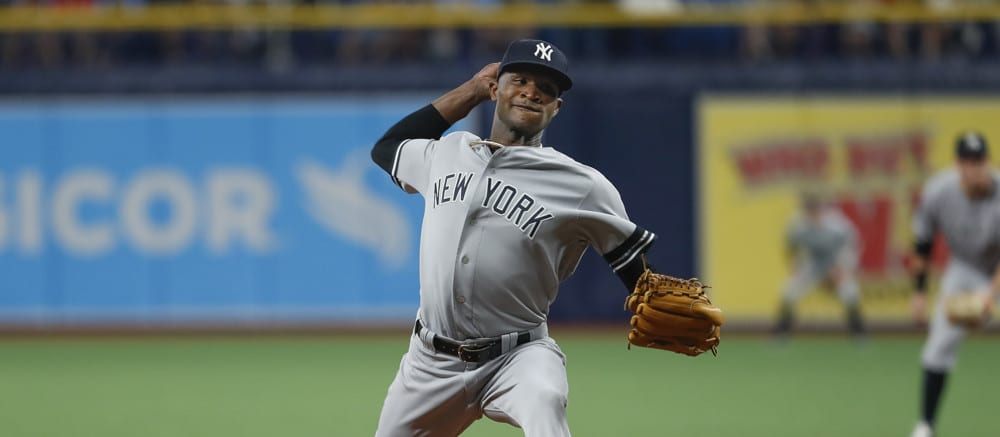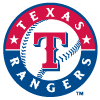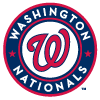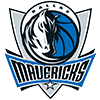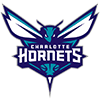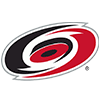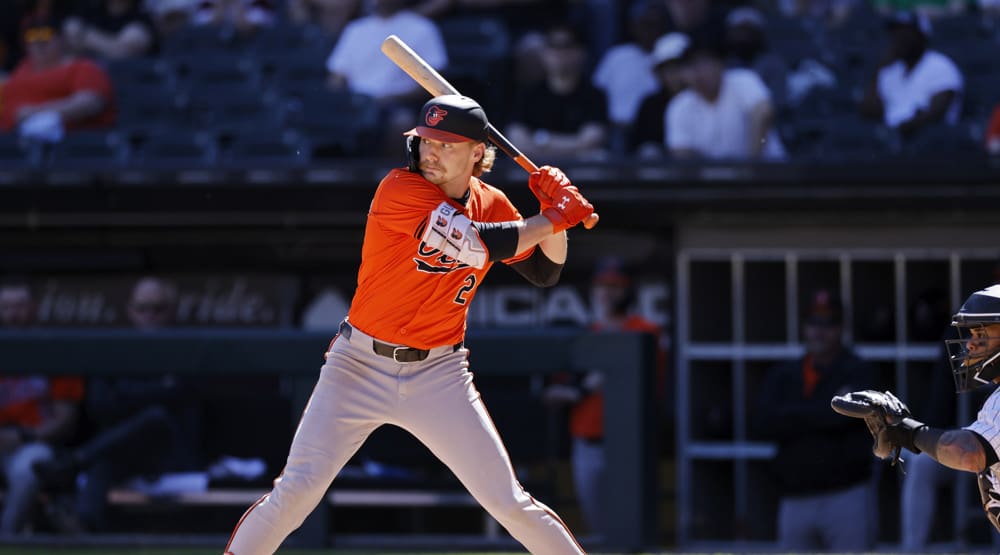In recent weeks, the notion of not drafting a player, but rather a roster spot has been discussed. Last time out, some hitters in a position to take advantage of this were discussed. Today, the focus will be on those delivering pitches for a living.
The topic of drafting roster spots first came up when revealing the flaws of valuation. Rich Hill and Domingo German, among others, are unduly penalized via conventional valuation. The fewer starts they are expected to make are lumped together with everyone. However, since they'll accrue fewer strikeouts and likely wins, along with having their ratios exert less of an effect, the projected earnings are less than similar hurlers expected to pitch the whole season. The key is, on a per-start basis, they're better than many starters ranked higher. The higher-ranked starters get more "value" from whiffs and wins, enough to overcome the drag on their ratios compared to better pitchers. As such, pitchers like Hill and German should be drafted ahead of their rank generated from sorting on expected earnings.
In formats where streaming is viable, there's another class of pitchers unfairly penalized by forcing all their efforts into the little black box. Streaming pitching entails activating arms for favorable matchups, yet the undesirable contests get factored into rankings based on conventional valuation. Chalk this to another flaw with valuation, discussed a couple weeks ago.
Another shortcoming of conventional valuation with respect to streaming pitchers is unlike batters, pitchers can have two-start weeks, affecting
In recent weeks, the notion of not drafting a player, but rather a roster spot has been discussed. Last time out, some hitters in a position to take advantage of this were discussed. Today, the focus will be on those delivering pitches for a living.
The topic of drafting roster spots first came up when revealing the flaws of valuation. Rich Hill and Domingo German, among others, are unduly penalized via conventional valuation. The fewer starts they are expected to make are lumped together with everyone. However, since they'll accrue fewer strikeouts and likely wins, along with having their ratios exert less of an effect, the projected earnings are less than similar hurlers expected to pitch the whole season. The key is, on a per-start basis, they're better than many starters ranked higher. The higher-ranked starters get more "value" from whiffs and wins, enough to overcome the drag on their ratios compared to better pitchers. As such, pitchers like Hill and German should be drafted ahead of their rank generated from sorting on expected earnings.
In formats where streaming is viable, there's another class of pitchers unfairly penalized by forcing all their efforts into the little black box. Streaming pitching entails activating arms for favorable matchups, yet the undesirable contests get factored into rankings based on conventional valuation. Chalk this to another flaw with valuation, discussed a couple weeks ago.
Another shortcoming of conventional valuation with respect to streaming pitchers is unlike batters, pitchers can have two-start weeks, affecting how much they can help in a single period. Over a 26-week season, a 32-start guy has around six two-start weeks. In those periods, he's potentially "worth more" than the other 20 weeks.
A few years ago, I would have gone down the "this is how to value pitchers only working at home" rabbit hole, stripping out half their starts and adjusting projections based on home park factors. On paper, this makes sense, but in a practical sense, it's much better to handle adjusting rankings more subjectively. Even if an accurate value could be derived, (Narrator: It can't), it's still a game of ADP chicken, trying to figure out how far to bump up some pitchers you intend to use as spot starters. In short, instead of doing unnecessary math, it's better to study the inventory and identify hurlers whose favorable starts are worth acquiring ahead of their ADP, or by paying an extra buck or two in an auction.
What follows are a series of classifications, each with a defining characteristic germane to streaming pitchers.
PROJECTED FOR PARTIAL SEASON
This has already been touched on with Hill and German. Add Mike Clevinger to the list of pitchers ticketed to start the season late. Pitchers with an injury history such as Hyun-Jin Ryu and Clayton Kershaw fit the bill. Youngsters, especially those returning from injury like Jesus Luzardo and A.J. Puk, also qualify.
With this group, it isn't a matter of reserving them for tough matchups; it's that you get to add free loot (hat tip to Alex Patton for coining the phrase) while they're out. Be it a dominant reliever like Emmanuel Clase, a risky third closer like Joe Jimenez or a spot starter, someone will be populating the roster spot of the pitcher projected for a partial season. If you're considering Kershaw or someone with 32 expected starts, tie should go to Kershaw since you're getting a little extra free stuff – or, even better, more Kershaw.
FAVORABLE HOME VENUE
ERA
There's an intrinsic advantage to streaming at home as pitcher peripherals are better than on the road, though the delta is narrowing. Friend and colleague Gene McCaffrey of The Athletic opines this is due to umpires being under more scrutiny, hence making a higher percentage of correct calls (this is corroborated by data). Still, there exists a home-field advantage worth leveraging.
Anyone following my work over the past few years knows one of my crusades has been hammering home the fact a venue can embellish homers but suppress runs. That is, when I hear "pitcher's park", my thought is it decreases run scoring, and that's it. How it treats homers is completely separate. As such, if you're specifically looking to draft a pitcher to protect your ERA, perhaps due to having some volatile arms already on your staff, look for guys with a favorable venue for runs. Using 100 as neutral, the following parks are the best targets (keeping in mind pitcher quality is more important than venue):
| Citi Field | NYM | 83 |
| Oracle Park | SFG | 88 |
| Marlins ParK | MIA | 88 |
| T-Mobile Park | SEA | 91 |
| Busch Stadium | STL | 91 |
| Dodgers Stadium | LAD | 91 |
| PETCO Park | SDP | 91 |
| Tropicana Field | TAM | 92 |
| RingCentral Coliseum | OAK | 93 |
| PNC Park | PIT | 95 |
WHIP
If your staff has an abundance of groundball pitchers, your WHIP could be higher than desired. One way to balance the categories is to focus on streaming pitchers in venues that suppress hits and walks. Again, the quality of the pitcher trumps the park, but here are the venues with the best combination of reducing hits and walks:
Hits | BB | WHIP | ||
|---|---|---|---|---|
| Citi Field | NYM | 87 | 97 | 90 |
| Dodger Stadium | LAD | 96 | 87 | 94 |
| T-Mobile Park | SEA | 93 | 102 | 95 |
| Tropicana Field | TAM | 94 | 100 | 96 |
| Minute Maid Park | HOU | 95 | 98 | 96 |
| Busch Stadium | STL | 97 | 94 | 96 |
| Oracle Park | SFG | 97 | 94 | 96 |
| Guaranteed Rate Park | CHW | 95 | 102 | 97 |
| Marlins Park | MIA | 95 | 102 | 97 |
| RingCentral Coliseum | OAK | 96 | 101 | 97 |
The WHIP column is a weighted average of the Hits and BB factors. Last season, 72 percent of 'hits plus walks' were hits, so the WHIP column is 72 percent Hits, 28 percent BB.
Not surprisingly, there's a lot of overlap with the ERA table. However, Guaranteed Rate Park and Minute Maid Park may be a surprise. This bodes well for Jose Urquidy and whoever else fills the back end of the Astros rotation as well as Dylan Cease, Reynaldo Lopez, Michael Kopech and the rest of the young White Sox rotation. It doesn't hurt to have Yasmani Grandal framing pitches for them, either.
Strikeouts
There's a strong belief the best way to assemble a team is with at least one, if not multiple high-strikeout aces. If you choose another tack, you may need to make up some punchouts. Don't fret -- some venues embellish strikeouts, so drafting steaming candidates from those teams can help bully up whiffs. That said, the caveat is the venue is only part of the equation; the pitcher's skills are more important. Still, an edge is an edge. For those curious, factors such as batter's eye, foul territory and climate conditions affecting pitch movement all feed into strikeouts.
| Great American Ballpark | CIN | 111 |
| T-Mobile Park | SEA | 111 |
| Citi Field | NYM | 109 |
| Citizens Bank Park | PHI | 107 |
| Miller Park | MIL | 107 |
| Tropicana Field | TAM | 107 |
| Guaranteed Rate Park | CHW | 106 |
| Minute Maid Park | HOU | 104 |
| Angels Stadium | LAA | 104 |
| Progressive Field | CLE | 103 |
| Yankee Stadium | NYY | 103 |
It's interesting to note the Great American Ballpark, Citizens Bank Park and Miller Park all aid strikeouts but also pump up runs. Using a lesser arm just to accrue strikeouts could be risky, but not shying away from Adrian Houser and Anthony DeSclafani because of their home venue, and using them at home, could help make up ground in strikeouts.
Wins
If you wait on pitching, not only are you sacrificing strikeouts, you're also decreasing the win potential of your fantasy staff. There are two ways to increase the chances of a win for a spot starter: pitchers on squads with a good offense, and ones facing a weaker lineup. Syncing up someone with one of the above improves the streaming candidate even more. It's even possible to earmark lesser hurlers in weak divisions since there should be more favorable matchups. The AL Central is the obvious one to target with the anemic Kansas City Royals and Detroit Tigers. Granted, you want to avoid the Minnesota Twins and maybe the Chicago White Sox. As such, considering the back end of the Twins and White Sox staff with the intent of streaming could be a means of vulturing some extra wins.
As mentioned, finding some arms that check multiple boxes increases the chance they perform well when inserted into your lineup. Others are drafting below average "innings eaters" with a rank inflated via wins and strikeouts with poor ratios. You're choosing better pitchers who get ranked lower due to lesser volume. However, volume is moot since you'll be playing matchups and (hopefully) putting only the good portion of the pitcher's projection on your active roster.


